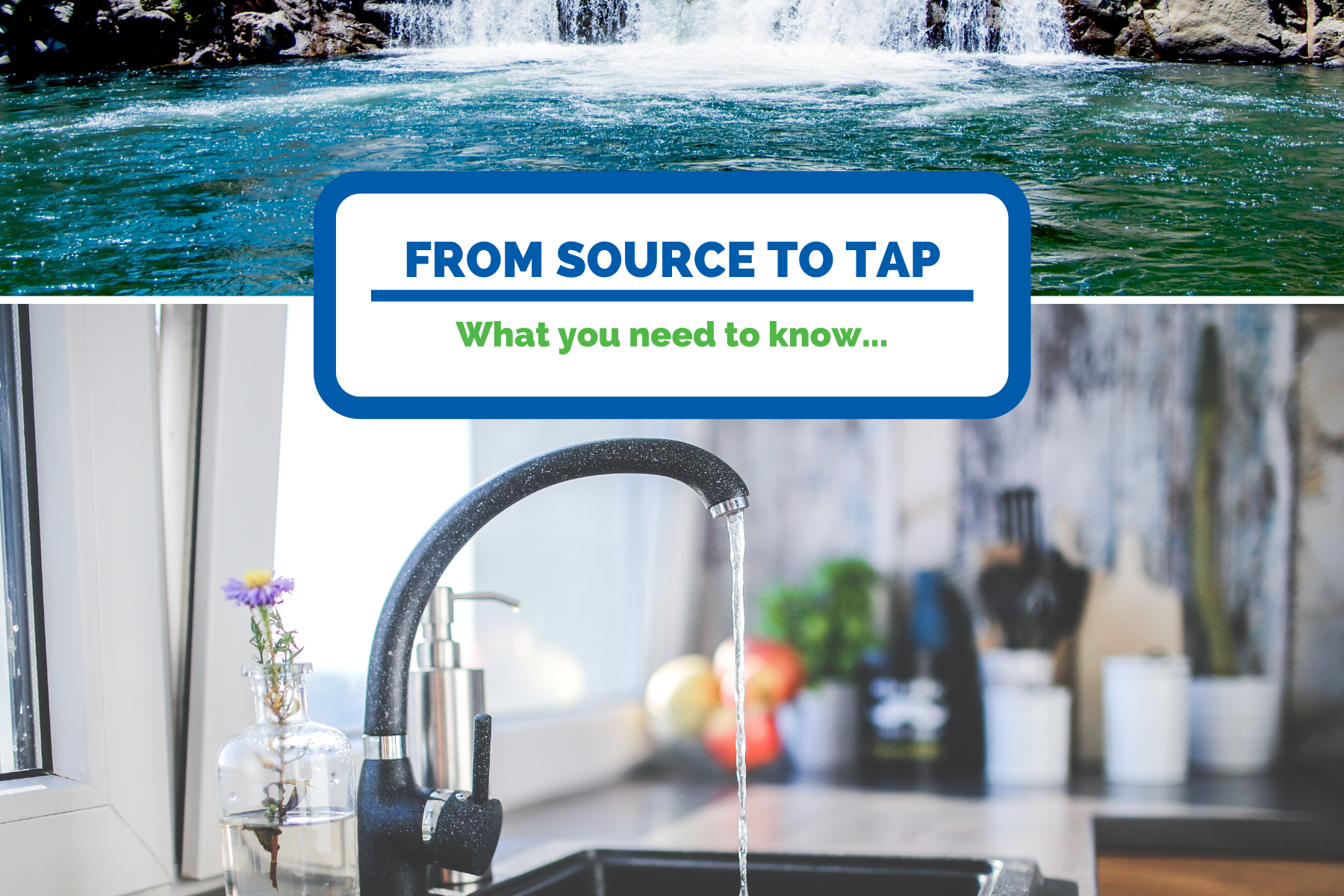
WATER DISINFECTION USING CHLORINATION METHOD
Introduction
Disinfection is undoubtedly the most important step in the treatment of water for public supply.
Disinfection is the process of destroying pathogens present in water (salmonella, bacteria etc) to prevent water-borne diseases.
The destruction of microbes is very necessary and invariably involves the use of reactive chemical agents such as chlorine, which are not only powerful biocides but also capable of reacting with other water constituents to form new compounds with potentially harmful long-term health effects.
Thus, an in-depth evaluation of the impact of disinfection on public health must consider not only the microbiological quality of the treated water but also the toxicity of the disinfectants and their reaction products.
Applications of Chlorine
Did you know that one of the first uses of chlorine in water and wastewater treatment was an addition to sewers in London, England in the 1830s, not as a disinfectant but rather as a deodorant?
In the medical sector, it was also first used as an anaesthetic during surgeries using the by-product. Chlorine is one of the most commonly used and relatively cheap agents for water disinfection. It is applicable as a disinfectant for the deactivation of microbes in wastewater, swimming pool water and drinking water. Most importantly, chlorine has permissible limits depending on what it is being used for.

Drinking-Water Disinfection by Chlorination
Chlorination is the process of adding chlorine to the water to disinfect it and kill germs, this is to prevent the spread of cholera, dysentery and typhoid.
While chlorine could be harmful in high doses, when it is added to water, it proceeds through a series of reactions resulting in low levels that kill germs but is still safe to drink.
Although chlorination provides the desired effect to treating water for safe use, its reaction with water also produces by-products like chloroform that is of potential toxicity concern.
Before applying chlorine to a water sample, one must consider the amount of organic matter present in the water, the pH and temperature of the water. All these factors to an extent have an impact on the toxicity level of the by-product.
In order to measure the potability of the treated water, water companies conduct a test for the presence and level of free chlorine (concentration of chlorine available after disinfection) present in the treated water.
There are several ways to test for free chlorine which includes; pool test kits, colour-wheel test kits, dpd indicator test, spectrophotometers and digital colorimeters (which produces fast results and highly accurate readings with calibrations).
Related Products:
DR 900 – Pocket Colorimeter
DR 6000 – Spectrophotometer
CL17sc – Chlorine Analyzer
Compiled by: Pheby Mahoney - Marketing & Insights Associate at Cleanearth Scientific Benjamin Vormawor - Civil & Water Service Engineer at Cleanearth Scientific





1 Comment
[…] our recent article on Water Disinfection using Chlorination Method, we highlighted that water has some impurities that may be harmful to public health. It is crucial […]